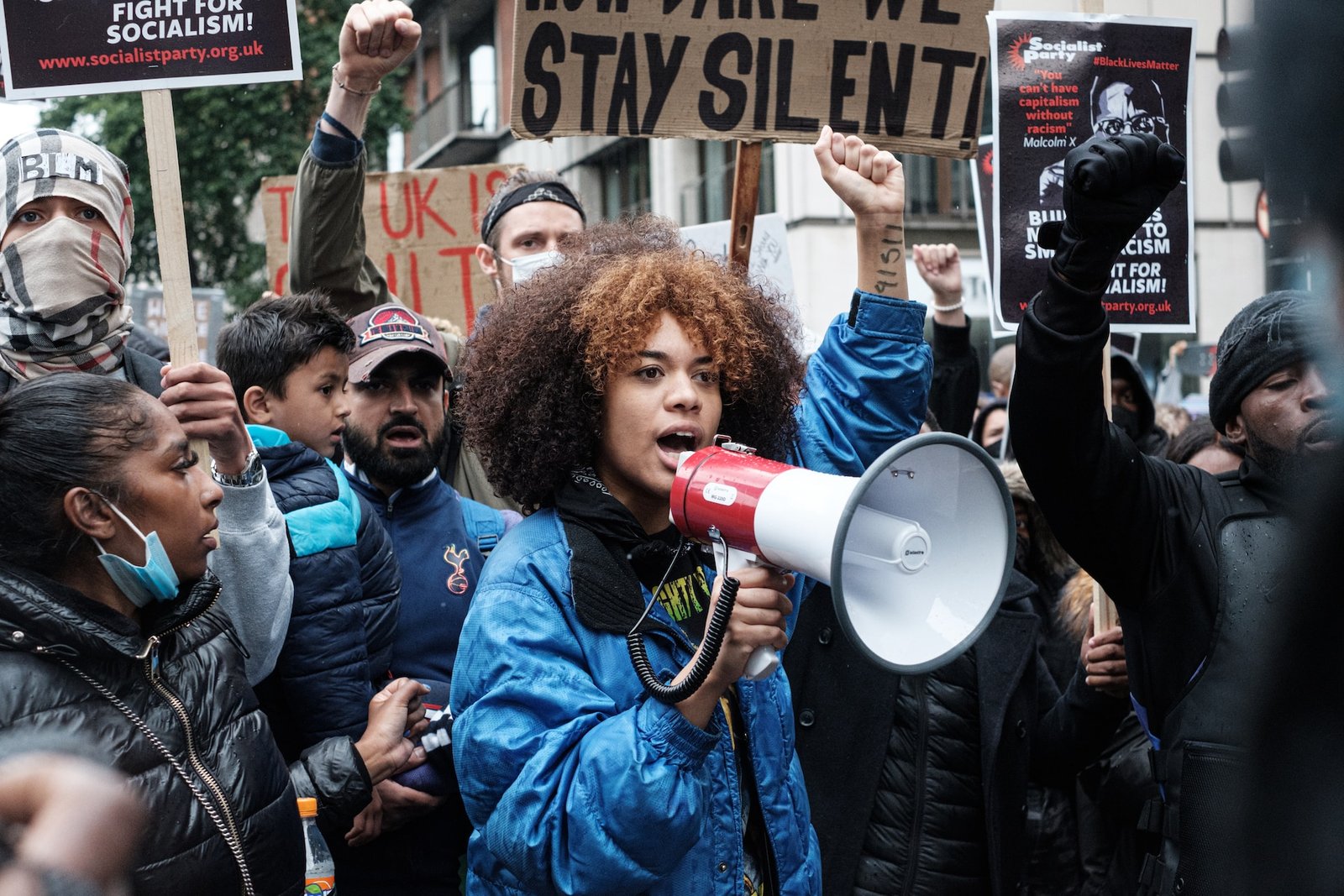The Selma to Montgomery Marches
Introduction
The Selma to Montgomery marches of 1965 were pivotal events that highlighted the pervasive racial discrimination in the United States, especially in the Deep South. These marches became the catalyst for change, playing an instrumental role in the passage of the Voting Rights Act of 1965. Although more than five decades have passed, the issues tackled by these iconic events remain poignant today.
The Background
Before delving into the details of the Selma to Montgomery marches, it’s crucial to set the stage. Racial segregation and discrimination were rampant in the United States, particularly in Southern states like Alabama. African Americans faced considerable barriers, including literacy tests and poll taxes, designed to disenfranchise them. The Civil Rights Movement sought to challenge and overturn these unjust laws.
Bloody Sunday: March 7, 1965
The first march took place on March 7, 1965, and is infamously known as “Bloody Sunday.” Civil rights activists, led by John Lewis and Hosea Williams, attempted to march from Selma to the state capital of Montgomery. However, as they reached the Edmund Pettus Bridge, state troopers and local law enforcement attacked them with tear gas, whips, and nightsticks. The violence meted out to peaceful protesters was caught on camera and broadcast across the nation, capturing the public’s attention.
The Impact of Bloody Sunday
The images and footage from Bloody Sunday were nothing short of horrifying. This brutality against peaceful protesters stirred a national outcry, mobilizing supporters from across the political and social spectrum. The incident received widespread media coverage, which in turn played a significant role in gaining sympathy for the Civil Rights Movement. People across the United States were shocked and dismayed, and calls for change became louder than ever before.
Turnaround Tuesday: March 9, 1965
Just two days after the violent confrontation, a second march was organized. This event, often termed “Turnaround Tuesday,” was led by Dr. Martin Luther King Jr. Understanding the potential for another violent interaction and respecting a federal injunction, King led the marchers just to the bridge, where they knelt, prayed, and turned back to Selma. This strategic decision showcased the discipline and thoughtfulness of the movement.
The Final March: March 21-25, 1965
The third and final march commenced on March 21 and successfully reached Montgomery on March 25. This time, the marchers had the protection of federal troops, ensuring their safety during the journey. The march culminated in a rally at the Alabama State Capitol, where King delivered his famous “How Long, Not Long” speech.
Legal and Political Aftermath
The Selma to Montgomery marches were instrumental in pushing President Lyndon B. Johnson to expedite the Voting Rights Act, which he signed into law on August 6, 1965. This landmark legislation banned racial discrimination in voting, thereby overturning decades of laws designed to disenfranchise African Americans.
Media’s Role in Shaping Perceptions
One cannot overlook the role the media played in the Selma to Montgomery marches. Images and reports from Bloody Sunday galvanized public opinion and accelerated legislative action. Media acted as the catalyst, pushing the Civil Rights Movement from the sidelines to the front and center of American political discourse.
The Unsung Heroes of Selma to Montgomery
While leaders like Martin Luther King Jr. and John Lewis are often in the spotlight when we discuss the Selma to Montgomery marches, it’s crucial to acknowledge the role of local activists and unsung heroes. Figures like Amelia Boynton Robinson, Diane Nash, and James Bevel played pivotal roles in planning and executing these monumental events. Their efforts, though lesser known, were the backbone of the movement.
The Tactics: Nonviolent Direct Action
The strategy of nonviolent direct action was vital in the Selma to Montgomery marches. Borrowing from the teachings of Mahatma Gandhi and Henry David Thoreau, the Civil Rights Movement meticulously planned their actions to provoke the opposition into revealing their bigotry and brutality to the world. This exposure was crucial for garnering national and international support.
Opposition and Counter-Protests
The marchers didn’t only face opposition from law enforcement and government authorities; they also had to confront counter-protesters who were against the Civil Rights Movement. These counter-protesters sometimes used intimidation tactics, adding another layer of tension and potential danger to the marches. The stoic determination of the civil rights activists in the face of such vehement opposition spoke volumes about their resolve.
Long-term Impact and Lessons Learned
The impact of these marches is still felt today. They taught us about the power of peaceful protest and showcased the lengths to which government institutions would go to preserve systemic inequality. The events reminded the nation about the vital role federal intervention plays in protecting civil rights.
Conclusion
The Selma to Montgomery marches were a watershed moment in American history. They brought the brutal realities of racial discrimination into every American home through television screens and newspaper reports. These events were pivotal in the passage of the Voting Rights Act of 1965, a monumental win for civil rights.
Yet, it’s important to recognize that the fight for equality is far from over. Even today, we see attempts to roll back voting rights, reminding us that the spirit of Selma needs to be kept alive. We must remain vigilant, continue to advocate for equal rights, and ensure that we don’t erase the progress made over decades of struggle and sacrifice.
In doing so, we honor the memory of those who marched from Selma to Montgomery, and we reaffirm our commitment to a just and equitable society for all.







